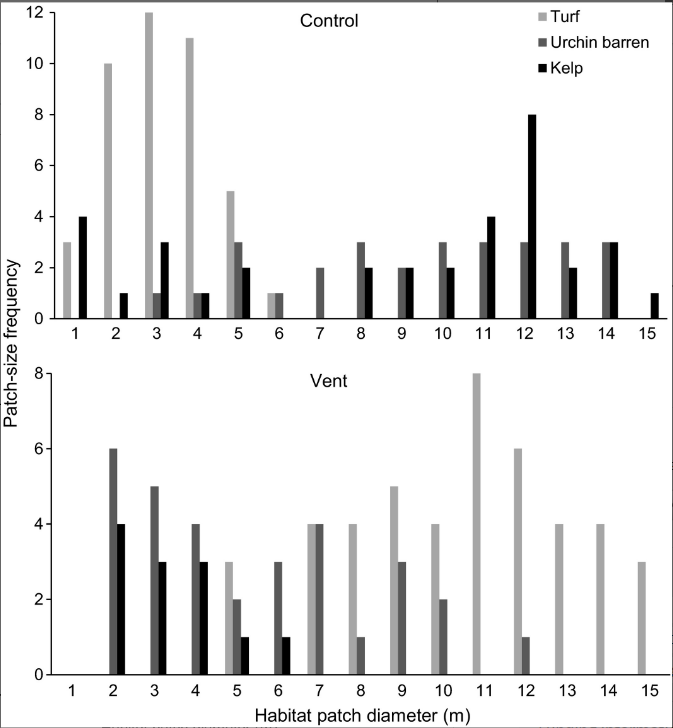A recent study, published in the Journal of Applied Phycology, assessed if carrageenan could be used as an antifungal.
Carrageenan is a sugar extracted from some red seaweeds that is commonly used in a variety of food products as a thickening agent. A previous post went into great detail about carrageenan traits, uses, and impact on human health.
The recent study examined kappa/iota carrageenan belonging to the gametophyte phase and a hybrid xi/theta carrageenan in the tetrasporophyte phase of Chondracanthus teedei applied to a few species in the genus Alternaria. Alternaria species are known as major plant pathogens. They are also common allergens in humans, growing indoors and causing hay fever or hypersensitivity reactions that sometimes lead to asthma.
Carrageenan induced the formation of swollen hyphal segments upon exposure to as little as 125 and 60 μg mL−1. These results are similar as to those induced by antifungals targeting the fungal cell wall.
The researchers concluded that carrageenan from Chondracanthus teedei causes physical alterations of the cell wall in Alternaria sp. indicating antifungal activity.



